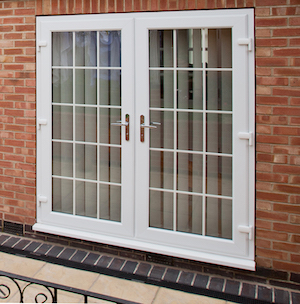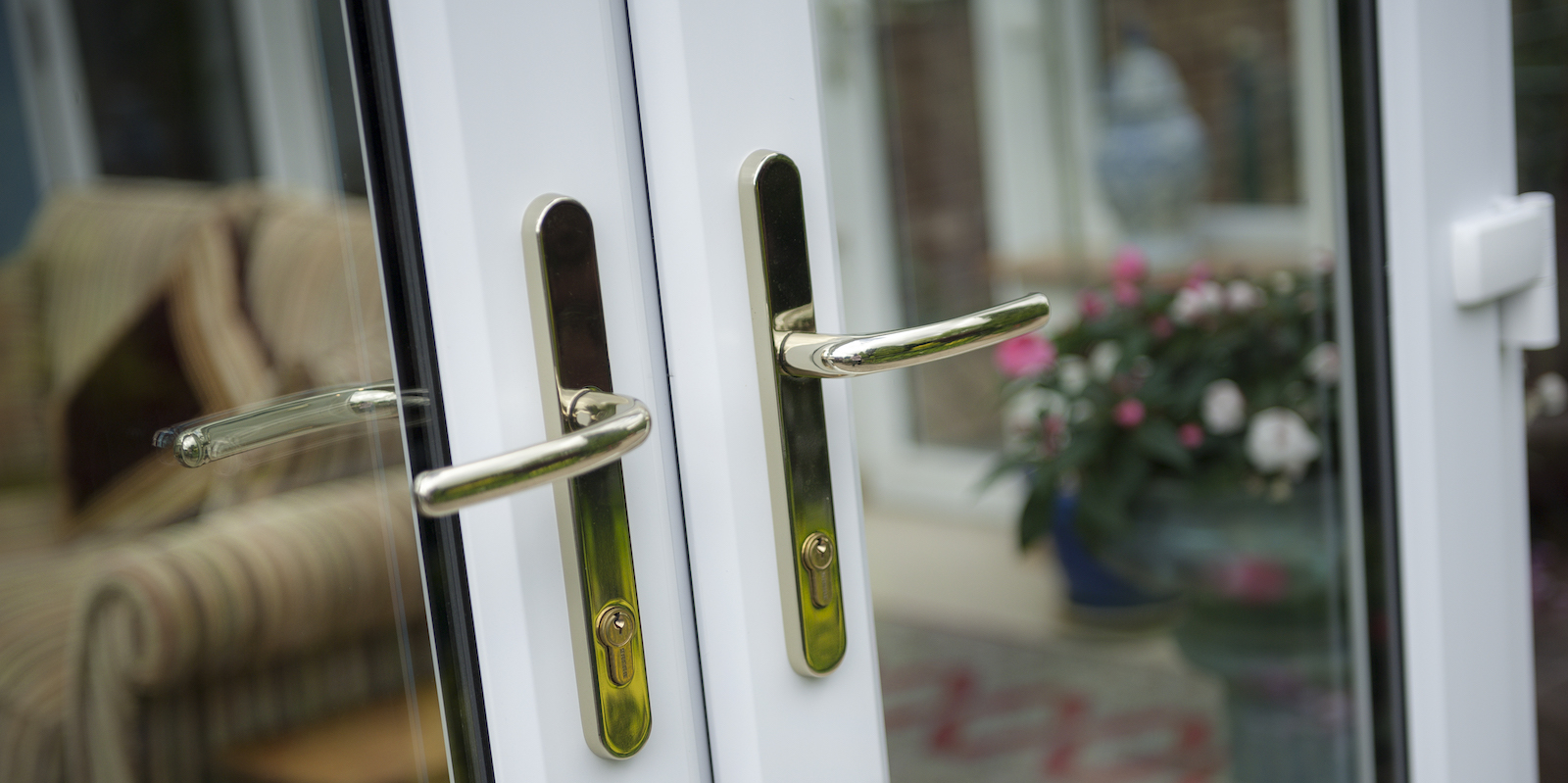You'll Never Guess This French Door Repair Parts's Tricks
작성자 정보
- Ervin Focken 작성
- 작성일
본문
Comprehensive Guide to French Door Repair Parts
French doors, often well known for their beauty and performance, provide a lovely entranceway that perfectly links indoor and outside areas. However, like any mechanical system in a home, they might require repairs from time to time. Understanding the crucial parts of French doors and understanding when and how to replace them can conserve property owners both money and time. This post will offer a detailed introduction of French Door Repair Parts - 8.218.14.83 -, their functions, and the common issues that may develop.

Common French Door Parts and Their Functions
French doors include various elements, each playing an important function in their operation. Below is a table laying out the main parts, their functions, and possible issues:
| Part | Function | Common Issues |
|---|---|---|
| Door Frame | Supports the structure and offers stability when closed. | Warping, decaying, or damage due to water. |
| Panels | The noticeable part of the door that swings open. Normally, these are made from glass and wood. | Breaking, splintering, or breaking of the glass. |
| Hinges | Enables the door to swing smoothly. | Rust, rust, or misalignment. |
| Locks | Offers security by keeping the door closed. | Sticking or breaking of the system. |
| Weatherstripping | Seals gaps in between the door and frame to avoid drafts. | Degeneration or missing out on areas. |
| Knobs/Handles | Provide gain access to and functionality to open or close the door. | Loose, broken, or non-functioning components. |
| Threshold | The bottom part of the doorframe that creates a seal and support. | Damage or warping, frequently triggering spaces. |
| Glass Inserts | Include openness and design while enabling natural light. | Shattering or scratches. |
Common Repair Issues and Solutions
Deformed or Damaged Door Frame
- Symptoms: Difficulty in closing the doors, noticeable spaces, or exterior damage.
- Solutions: Inspect the frame for wetness. If it's distorted, brace it back into shape or change the damaged sections.
Broken Glass Panes
- Symptoms: Cracks or shattered glass.
- Solutions: Replace the glass pane by carefully removing the old one and setting up a new system. For safety, think about employing a professional glazier.
Malfunctioning Hinges
- Signs: Squeaking sounds, doors not swinging efficiently, or sagging.
- Solutions: Lubricate hinges or change them if they are worn away.
Lock Failures

- Symptoms: Key won't turn, lock is stuck, or lock does not engage.
- Solutions: Lubrication might fix sticking. For damaged locks, replace the entire lock mechanism.
Degraded Weatherstripping
- Symptoms: Noticeable drafts or increased energy bills.
- Solutions: Remove old weatherstripping and replace it with brand-new adhesive-backed strips.
Loose Hardware
- Symptoms: Handle wobbles or runs loosely.
- Solutions: Tighten screws or change worn handles.
Threshold Damage
- Symptoms: Gaps at the bottom of doors or problems sealing out the weather.
- Solutions: Depending on the damage degree, it may need repair or complete replacement.
Frequently Asked Questions About French Door Repair Parts
What materials are typically used for French doors?
French doors are mainly made from wood, vinyl, fiberglass, or metal. The option of material affects toughness, maintenance, and aesthetic appeals.
How often should French doors be maintained?
Regular maintenance is suggested a minimum of as soon as a year, which consists of inspecting hinges, locks, weatherstripping, and cleaning up the glass.
Can I repair French door glass myself?
While minor repairs may be possible, replacing glass panes should ideally be done by a professional to ensure security and precision.
When should I think about changing my French doors?
If the doors show substantial wear, such as extreme warping, several broken parts, or ineffective insulation, it may be more economical to replace them entirely.
How can I avoid future issues with my French doors?
Routine maintenance such as cleaning, lubing moving parts, and ensuring appropriate drainage will extend the lifespan of your French doors.
French doors are a spectacular addition to any home, however they are not immune to wear and tear. Understanding the different parts and their functions can empower property owners to address small repairs proactively and efficiently. Regular maintenance not only extends the door's life however also improves the general visual and efficiency of the home. By acknowledging issues early and knowing the correct services, property owners can keep their French doors looking and operating at their best for many years to come.
Additional Maintenance Tips
- Clean Regularly: Keep glass tidy and frame totally free of dirt or debris.
- Examine for Pests: Regularly inspect for undesirable insect invasions which may damage wooden frames.
- Seal Properly: Ensure that all spaces are sealed to enhance energy performance.
By grasping the complexities of French door repair parts, homeowners can make informed decisions about maintenance, leading to a more functional, stylish entrance to their homes.
관련자료
-
이전
-
다음
